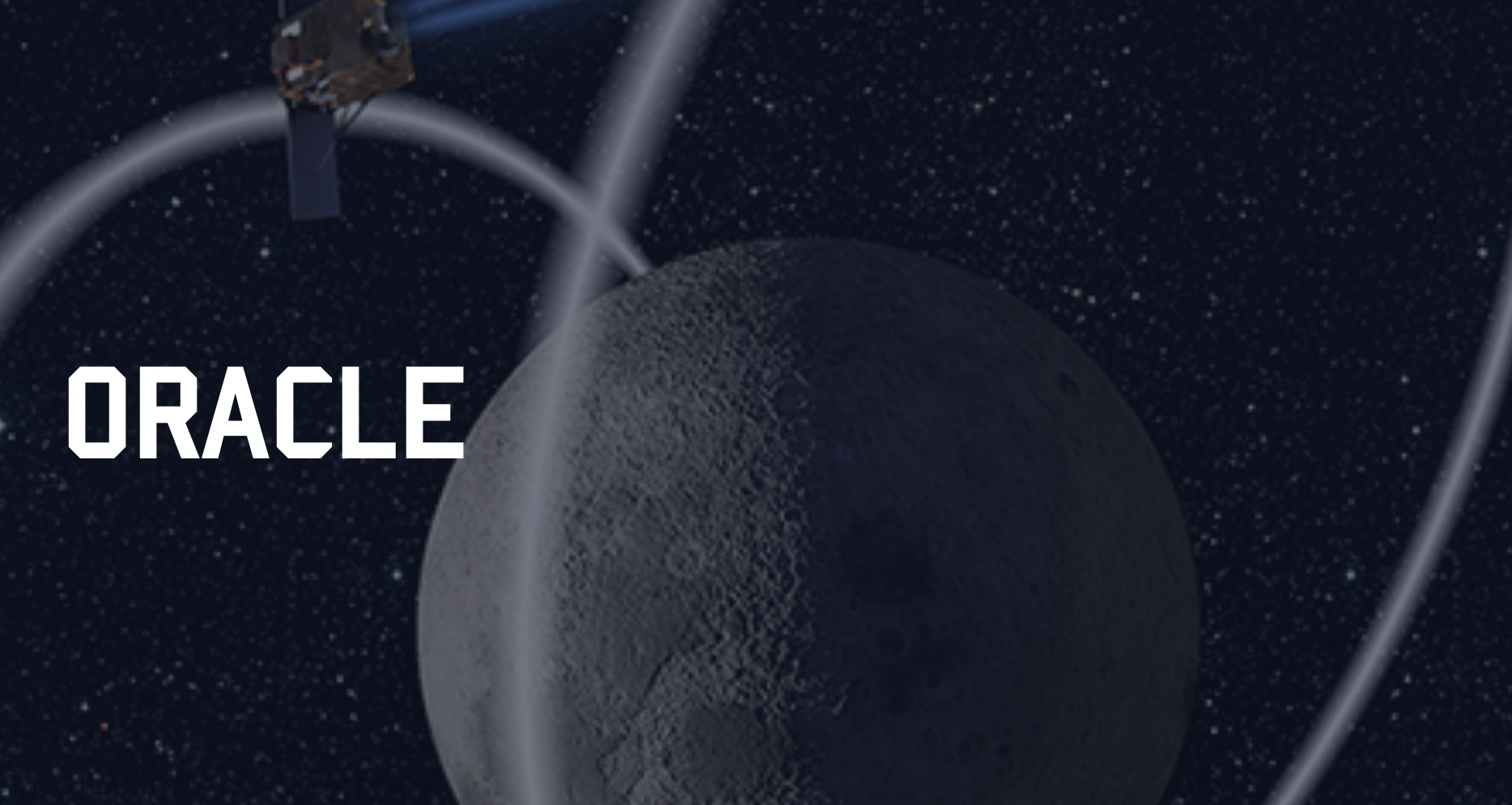WASHINGTON — An experiment the Air Force Research Laboratory planned to launch in 2025 to monitor deep space is being delayed after program officials concluded that the original schedule was too ambitious.
The experiment, led by AFRL’s Space Vehicles Directorate, was previously known as the Cislunar Highway Patrol System (CHPS) and was renamed Oracle.
A spokesperson for AFRL confirmed Sept. 15 that Oracle’s schedule has been pushed to the right.
“We have an anticipated 2026 delivery and a launch in 2027,” said AFRL.
Program officials concluded that the mission could not be ready by 2025 given the complexity of the project and the funding available, the spokesperson said.
“In the early stages of the program the team had an ambitious and aggressive schedule,” said AFRL. “Timelines shifted based on mission requirements, system maturation and financial feasibility. Our current schedule balances the need to meet our requirements with the funding availability. This delay gave our team the time needed to ensure technical requirements would be achieved.”
Contract awarded to Advanced Space
AFRL in November awarded a $72 million contract to Advanced Space to develop the Oracle spacecraft. The company selected a General Atomics Electromagnetic Systems ESPA-Grande class satellite bus as the platform for Oracle.
One of the goals of Oracle is to demonstrate space situational awareness and positioning navigation and timing (PNT) techniques to detect and track objects in cislunar space near the moon.
Oracle would use optical sensors to monitor space traffic that travels through the region of space between the Earth and the moon.
AFRL wants to demonstrate the tracking of debris, rocket bodies, and other cislunar objects that currently are not monitored, as well as provide position updates on spacecraft operating near the moon or other regions that are difficult to observe from Earth.
Another goal of the Oracle experiment is to help mature AFRL’s green propellant known as Advanced Spacecraft Energetic Non-Toxic, or ASCENT.
